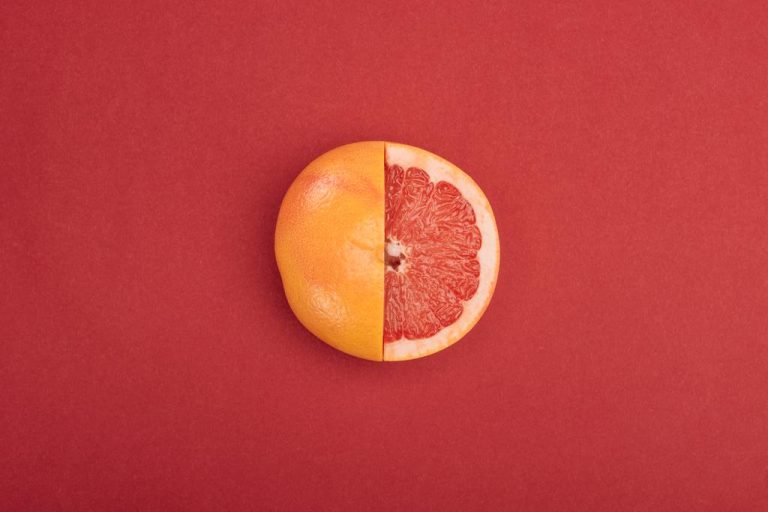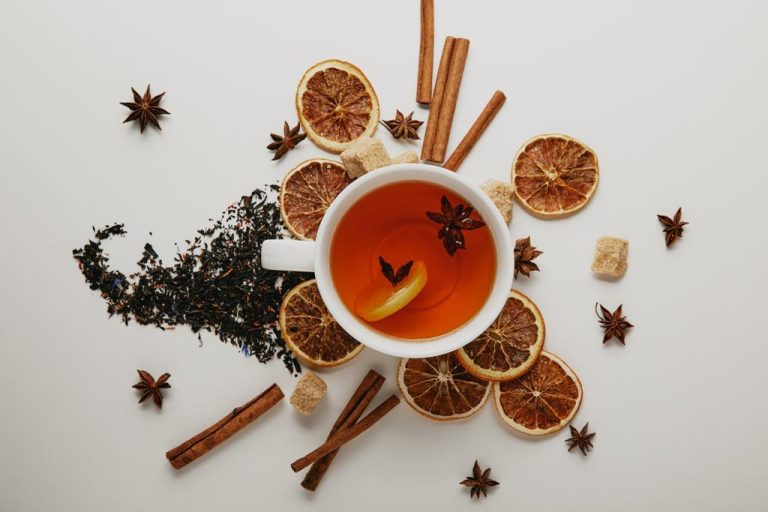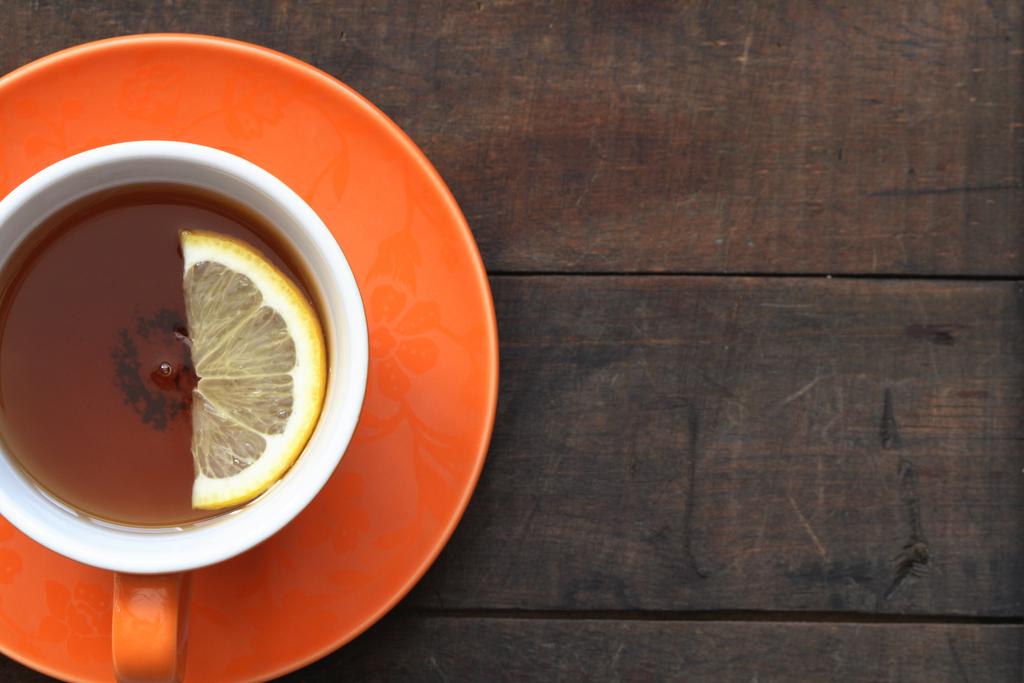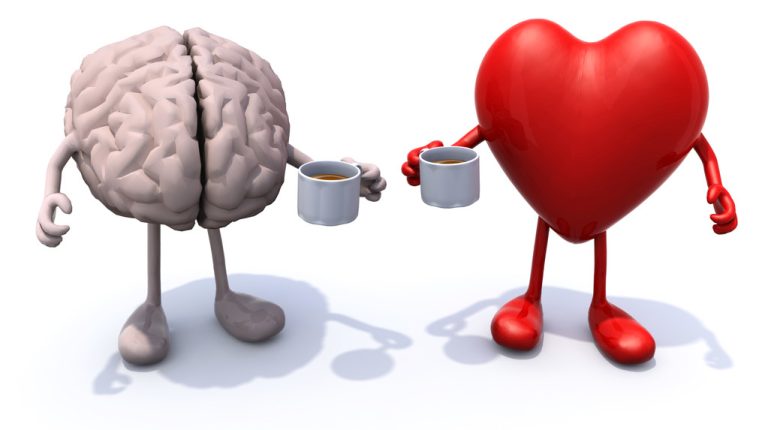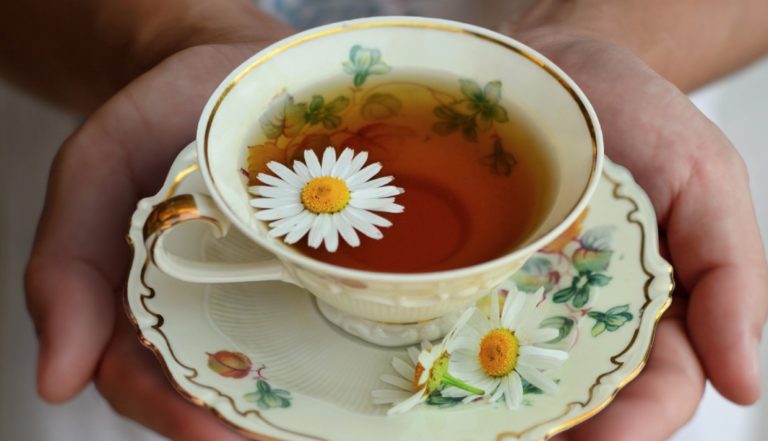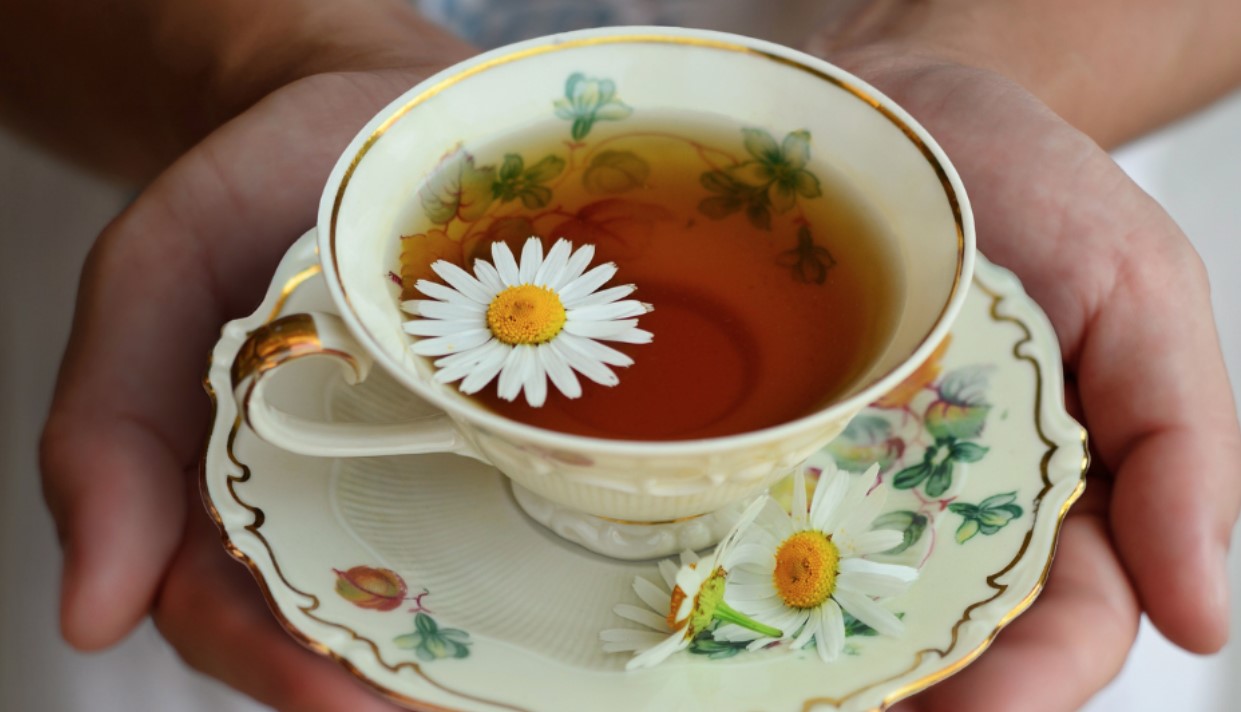Those who eat unhealthy food have a higher risk of heart disease and are also generally detrimental to their health. Conversely, with a healthy and balanced diet, you can prevent numerous ailments and diseases. We introduce you to 9 foods that are good for your cardiovascular system, clean your arteries – and thus reduce your heart attack risk.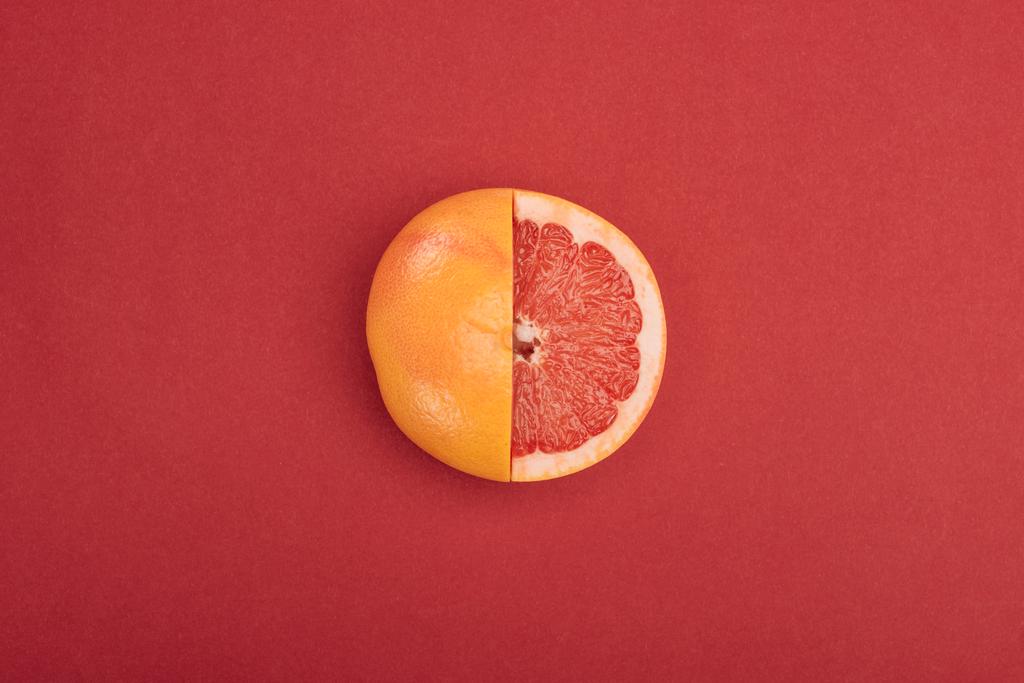
Lowering the risk of heart attack: How to unclog clogged arteries with healthy foods
A high-fat diet is a risk factor for clogged blood vessels – as are high blood pressure, obesity and high cholesterol. The blood vessels supply our organs with oxygen and nutrients. If they are blocked, it can lead to organ damage, heart attacks or strokes.
In addition to foods that clog your arteries, there are also foods that clean them, helping to prevent cardiovascular disease. This is exactly why you should try to keep your arteries as healthy as possible – i.e. flexible, elastic and stable. The following foods can help with this.
1. Grapefruit – the citrus fruit helps your arteries with a fiber
The grapefruit is not only the largest of all citrus fruits, but also good for your cardiovascular system: the tropical fruit is full of pectins. Pectins are sugar-like dietary fibers that can slow down arteriosclerosis. For those who have lived an unhealthy lifestyle, grapefruit is therefore the ideal snack for heart health. If you don’t like grapefruit, you can also use apples or grapefruit. These fruits also contain pectin. Apples also contain procyanidins – a substance that prevents blood clots. But be careful: not all apples have the same number of procyanidins. It is best to use the Granny Smith or Red Delicious varieties.
2. Green tea – booster for your cardiovascular system
Green tea is also the perfect booster for a healthy cardiovascular system. What makes green tea so healthy for our arteries are also procyanidins. On the one hand, they can prevent blood clots and thus both heart attacks and strokes, and on the other hand, they can stabilize the arteries and ensure more elasticity.
3. Whole grain products, legumes and nuts – this is how they lower the cholesterol level
There is a lot of dietary fiber in legumes, whole grain products, but also in brown rice or oatmeal. These are not only good for digestion, but can also greatly reduce blood lipid levels. Another advantage of high-fiber foods is that you can combine them with almost any meal.
4. Spinach – With vitamins D and E to fight deposits in the arteries
Saying hello to Popeye: While spinach doesn’t contain quite as much iron as was long thought (and portrayed in the popular Sailor comic), it’s all the better for your heart. Because what should actually make spinach famous is its vitamin D and E content. These two vitamins prevent the oxidation of cholesterol. This means that no plaque can form which would build up and constrict the arteries.
5. Fat is allowed: But please use healthy cooking oils
In general, a healthy diet that is good for your cardiovascular system tends to be low in fat. However, healthy cooking oils are an exception. These include olive oil or rapeseed oil, as they contain a particularly large number of unsaturated fatty acids and can reduce the risk of heart attack. They also contain many antioxidants, which can also prevent the oxidation of cholesterol.
6. Fresh salmon – how it lowers the risk of heart attack
Salmon is also good for heart health and may reduce your risk of heart attack. With the high content of omega-3 fatty acids, plaque formation on the artery walls is prevented. It also reduces the risk of stroke and heart attack because blood clots cannot form.
7. Delicious – and very healthy: Swiss chard, garlic and cabbage
Many types of vegetables are only rarely consumed today, even though they are true miracle cures. Swiss chard is such a vegetable. The leafy greens have a very high content of antioxidants and thus reduce the risk of inflammation in the body. In addition, chard has a lot of vitamin D, which prevents the oxidation of cholesterol and thus prevents arteriosclerosis.
8. Did you know? Tomatoes and fruit also clean your arteries
Tomatoes, which by definition are actually a fruit and not a vegetable, are high in lycopene. Lycopene is an antioxidant substance that prevents the oxidation of cholesterol and thus prevents arteriosclerosis. But: Lycopene is only found in relevant amounts in heated tomatoes, not in raw ones. So it’s better to use tomato soup or sauce instead of raw tomatoes.
9. For those who like it spicy: cayenne pepper
Cayenne pepper also protects the cardiovascular system: the spice, made from dried and ground chilies, is rich in capsaicin. The substance prevents plaque deposits in the arteries and thus prevents arteriosclerosis, as an American research group found out. In addition, cayenne pepper has other health-promoting effects: it stimulates digestion and promotes blood circulation.

Conclusion: With the right diet, you can do your heart good
It’s no surprise: Eating a healthy diet has a positive impact on your health. Above all, your cardiovascular system benefits from healthy food – and it can be delicious. You don’t have to constantly limit yourself in your diet, but you should find the right balance in your diet. This keeps your arteries clean and can reduce your risk of heart attack.

